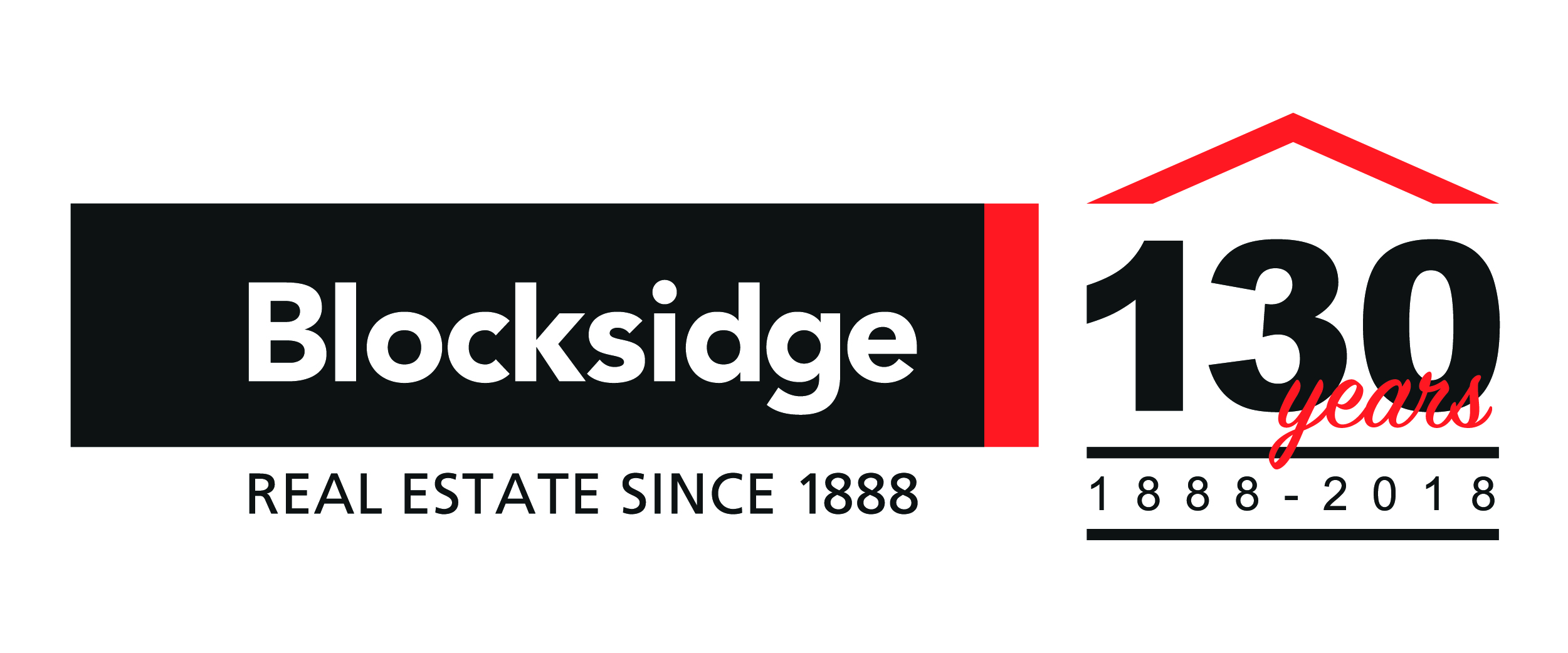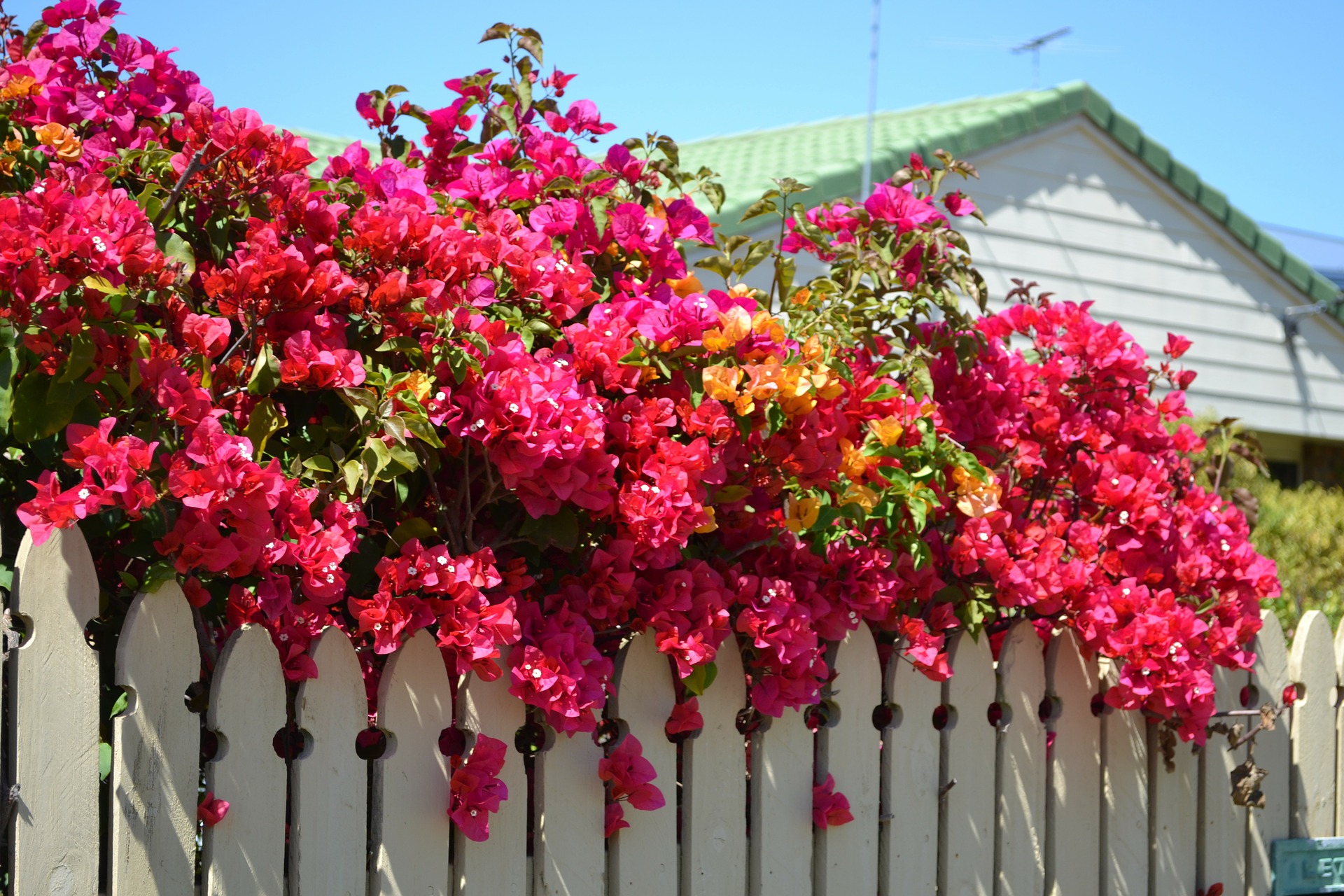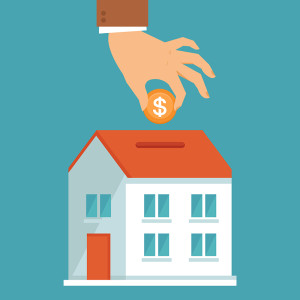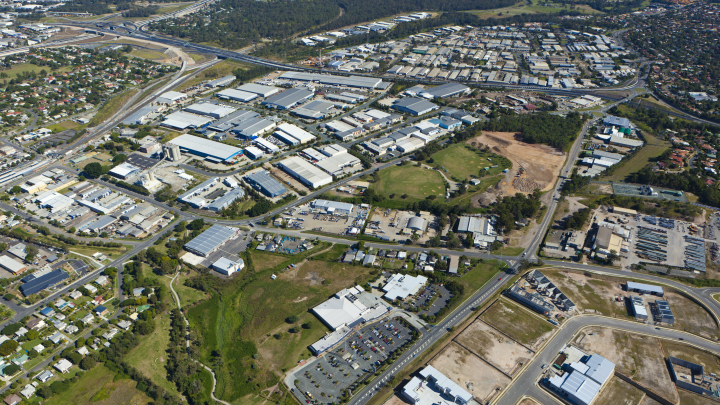Brisbane real estate - then & now
Australian and Brisbane real estate – 1993 versus 2018
Over the past 25 years the Australian and Brisbane real estate market has shown some extraordinary changes. There have been five distinct growth cycles during this period which has seen the national median house value grow by 412%! To put this in perspective, the ASX All Ordinaries index has risen by 261%. Let’s have a look at some of the key differences between real estate in 1993 versus real estate in 2018.

Key statistics
- Each of the capital city markets have recorded annual growth in house values ranging from 5.9% to 8.1% over the past 25 years.
- Regional markets have generally shown a slightly softer outcome.
- In 1993 the typical house value nationally was just $111,500.
- In 2018 the current typical house value nationally is $571,400
- Of course, different regions have seen housing conditions track at different speeds. Melbourne real estate has seen the highest long term capital gains at 8.1% pa. On the other end of the scale, the lowest long term capital gains have been in Adelaide and Brisbane real estate. Both of these markets saw house values rise at an average annual rate of 5.9%.
- Despite Brisbane real estate recording one of the lowest rates of annual capital gains, the period between 2001 and 2004 saw Brisbane house values rising at more than 10% pa. The lower rate of long term growth in Brisbane is largely attributable to softer conditions since 2010.
- If home values increase at the same annual rate as they have over the past twenty five years we will see a median dwelling value nationally of $2.9 million by the year 2043.
Real estate and the impact on mortgages
- As dwelling values moved higher, the average loan size increased substantially.
- In 1993 the average owner occupier loan size nationally was $81,500
- In 2018, it is now $388,100 (an increase of 376%)
- On a happier note, mortgage rates have reduced significantly since 1993. Variable mortgage rates peaked at 17.0% in March of 1990. But by first quarter of 1993 they had reduced to 10.0%. In 2018, the standard variable mortgage rate sits at 5.2%, the lowest rate since the 1960’s!
Housing affordability
- While mortgage serviceability has improved, housing affordability remains a challenge for Australians.
- The dwelling price to income ratio rose to new record highs in 2017 due to housing prices rising at a faster pace than household incomes.
- Nationally, in order to raise a 20% deposit to buy a dwelling, households would need to dedicate an average of 134.5% of their annual gross income. Based on these numbers, households will generally require several years to raise a 20% deposit.
- The difference in values between now and 25 years ago, in 1993 98% of all house sales nationally transacted at a value under $400,000 and only 0.2% sold for more than $1 million. In 2017/2018 only 29% of houses nationally sold for less than $400,000 and 16% sold for at least $1 million.

How have first home buyers fared over this period?
- As dwelling values have shifted higher and affordability has become more challenging, first home buyers have found it harder to participate in the market.
- In 1993, first home buyers accounted for around 22% of all owner occupier housing finance commitments. This remained pretty consistent until 2000.
- Since 2000, first home buyer participation in the real estate market has generally been in decline.
- Recent statistics indicate that first home buyers represent 17.4% of all owner occupier housing finance commitments.
- The lowest point in recent years was 12.9% in late 2015.
- Periods of government stimulus result in periods where this trend changes. When these government offerings are in place first time buyer numbers have surged (e.g. stamp duty concessions).
The investor market
- While first home buyer participation has faded, investor activity has increased.
- In 1993, housing finance commitments for investment purposes accounted for only 20% of the market.
- By 2015, housing finance commitments for investment purposes comprised 55% of the value of all new housing finance commitments.
- Even with APRA’s regulatory changes, the latest data to March 2018 shows investors still comprise 42.8% of mortgage demand (more than double the level in 1993)

Other factors in the Australian and Brisbane real estate markets
- The growth in property values over the past twenty five years has happened against a back drop of ongoing densification across the capital cities.
- Higher density housing stock has risen in prominence due to changes in town planning policies, changing consumer preferences and affordability factors.
- In 1993, only 22.7% of all dwelling sales nationally were for units.
- In today’s market, units comprise 29.6% of all sales and in some cities where the densification trend has been more pronounced, higher density dwellings account for more than 40% of all sales.
- Another sign of densification, is block size. In 1993 the average block size nationally was 816sqm. This has progressively reduced. In 2015, the typical block size was 541sqm before land areas started edging higher to the current average size of 610sqm.
The top 100 performing suburbs from around Australia over past 25 years
The only Queensland and Brisbane real estate suburb in this list was Bulimba. It was ranked at 92 and recorded the following performance –
- Number of sales in 1993 = 93
- Number of sales in 2018 = 106
- Median price 2018 = $1.2975 million
- Median price 1993 = $133,000
- Total change in price = 876.5%
- Average annual change in price = 9.5%
What will the next 25 years bring?
One thing that is certain is that housing markets will continue to move through their cycles. We’ll see periods of growth, decline and steady values. The last 25 years has shown that over time these cycles tend to smooth out the year to year volatility in growth rates.
Cities will continue to densify as the population grows and urban planning strategies seek to maximize the use of strategically located land and transport corridors. These factors result in more Australians being likely to live in higher density housing. Innovative housing design is likely to increase in importance, with small living areas becoming more acceptable thanks to smarter design principals and better use of space.
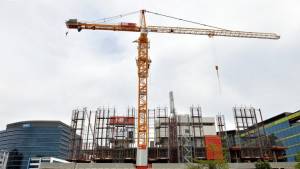
Source: Aussie
